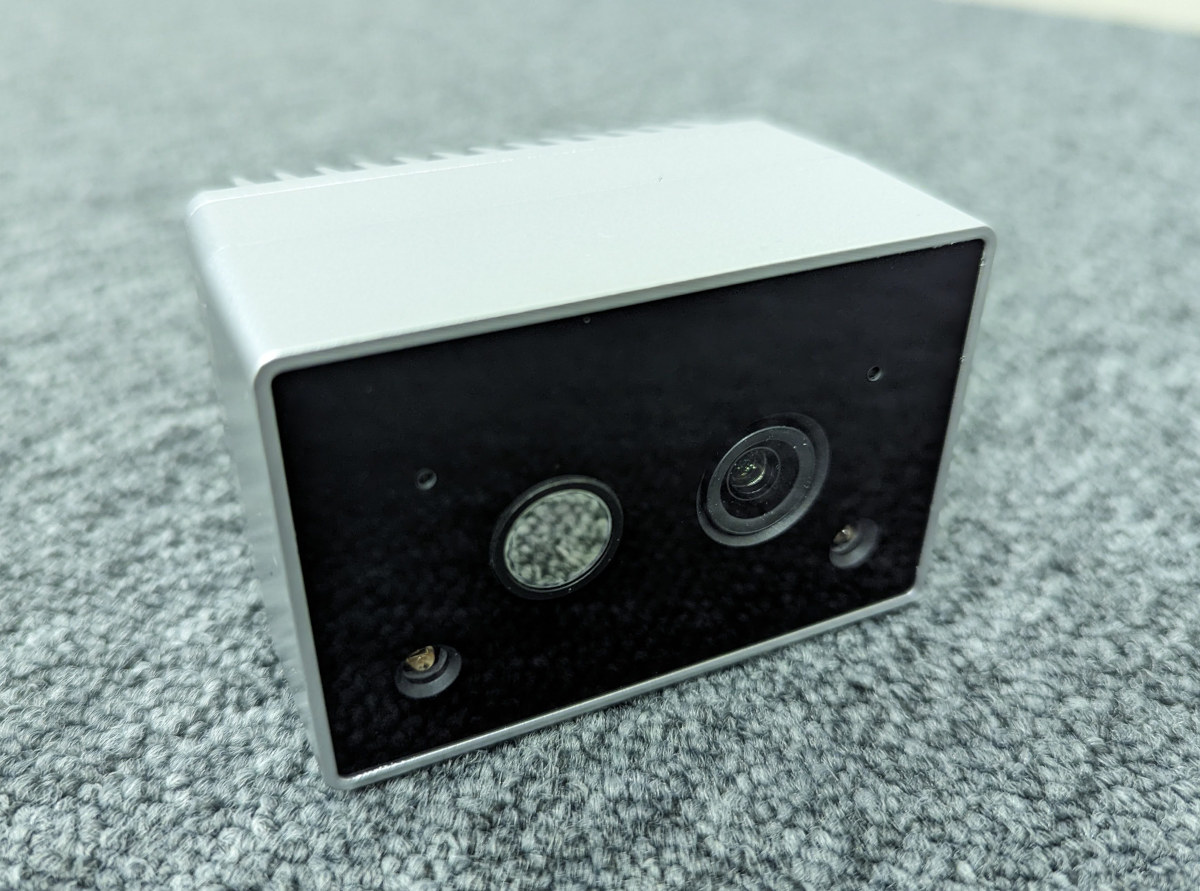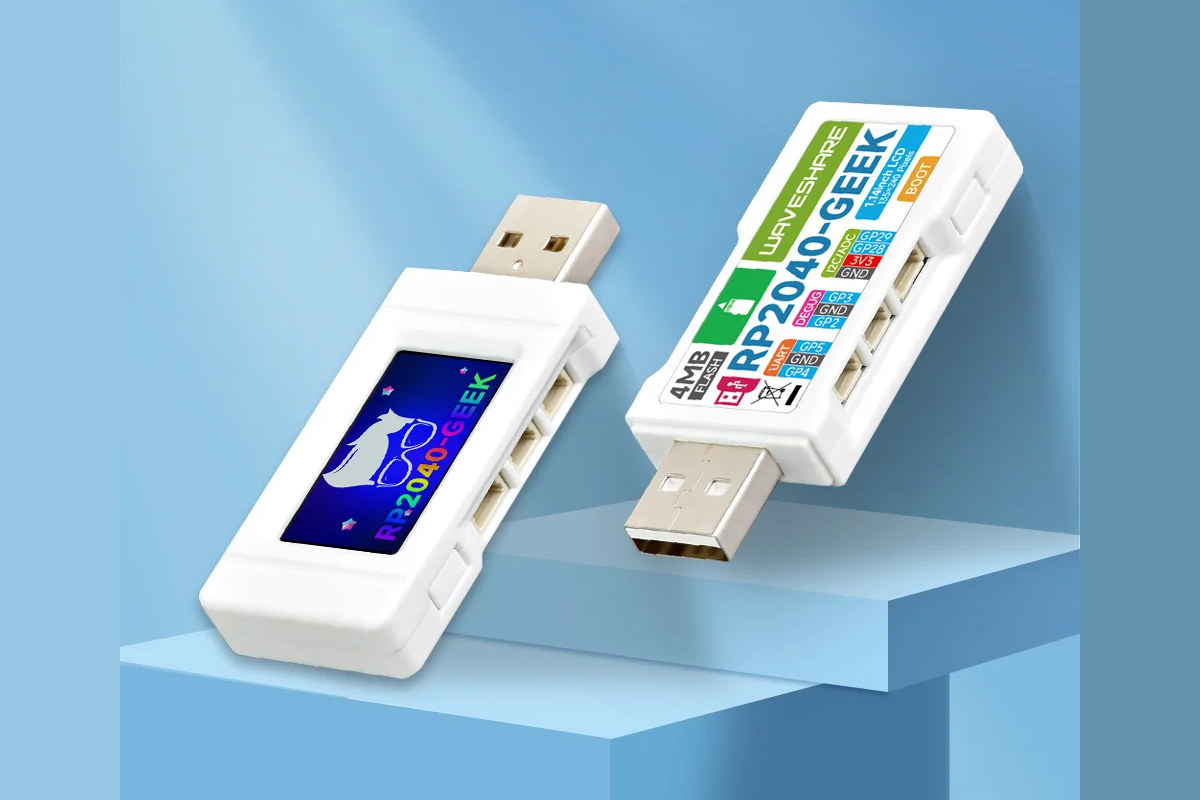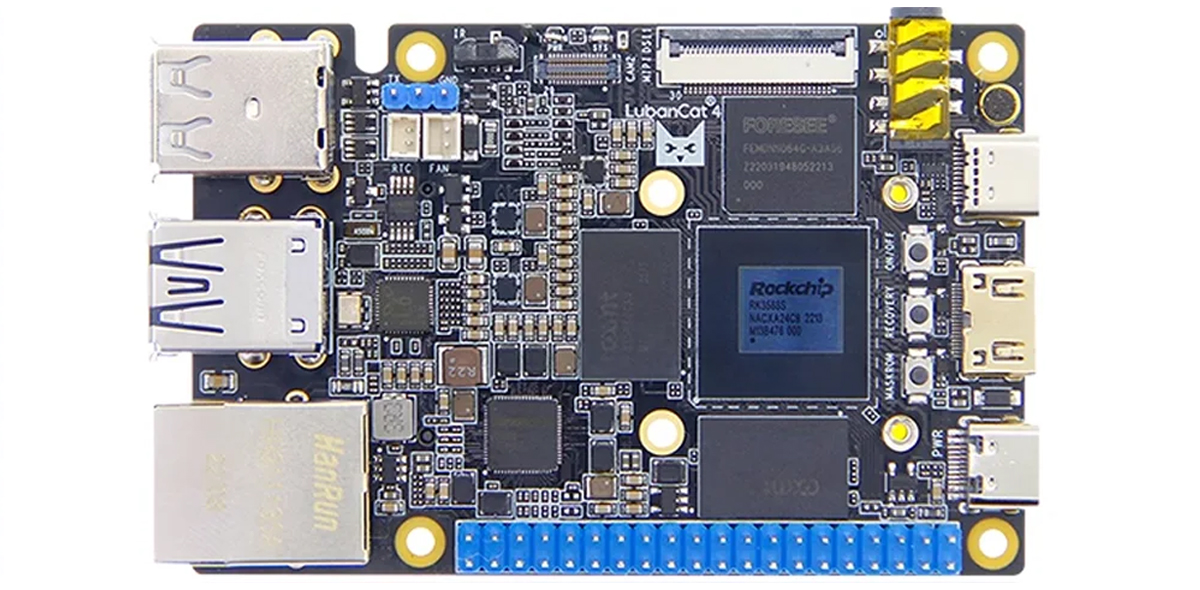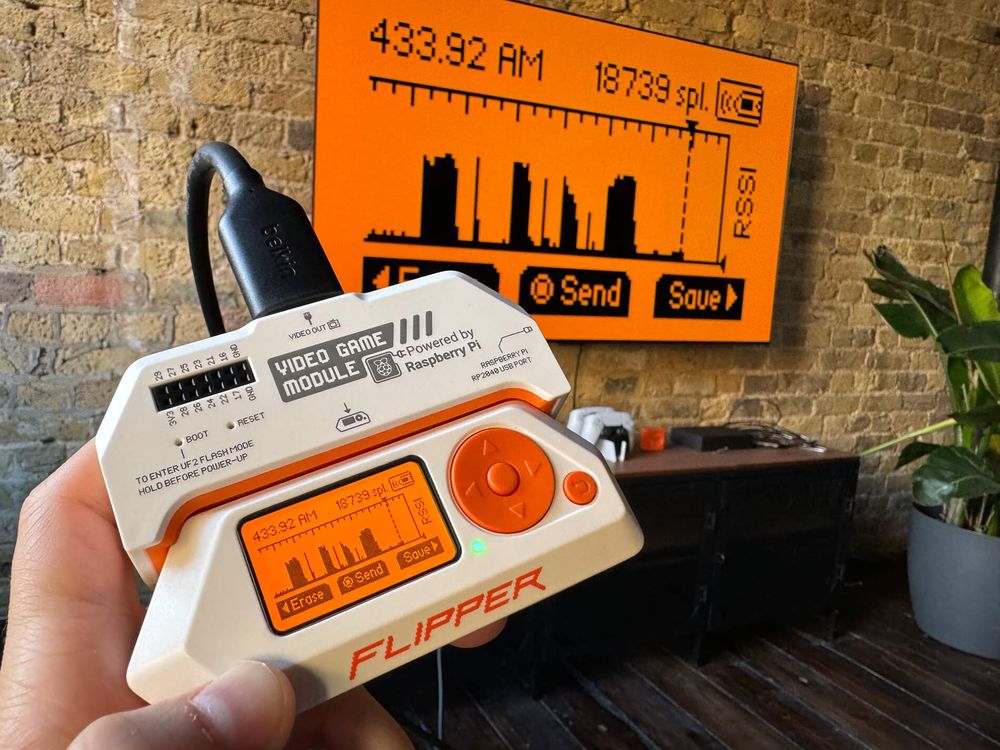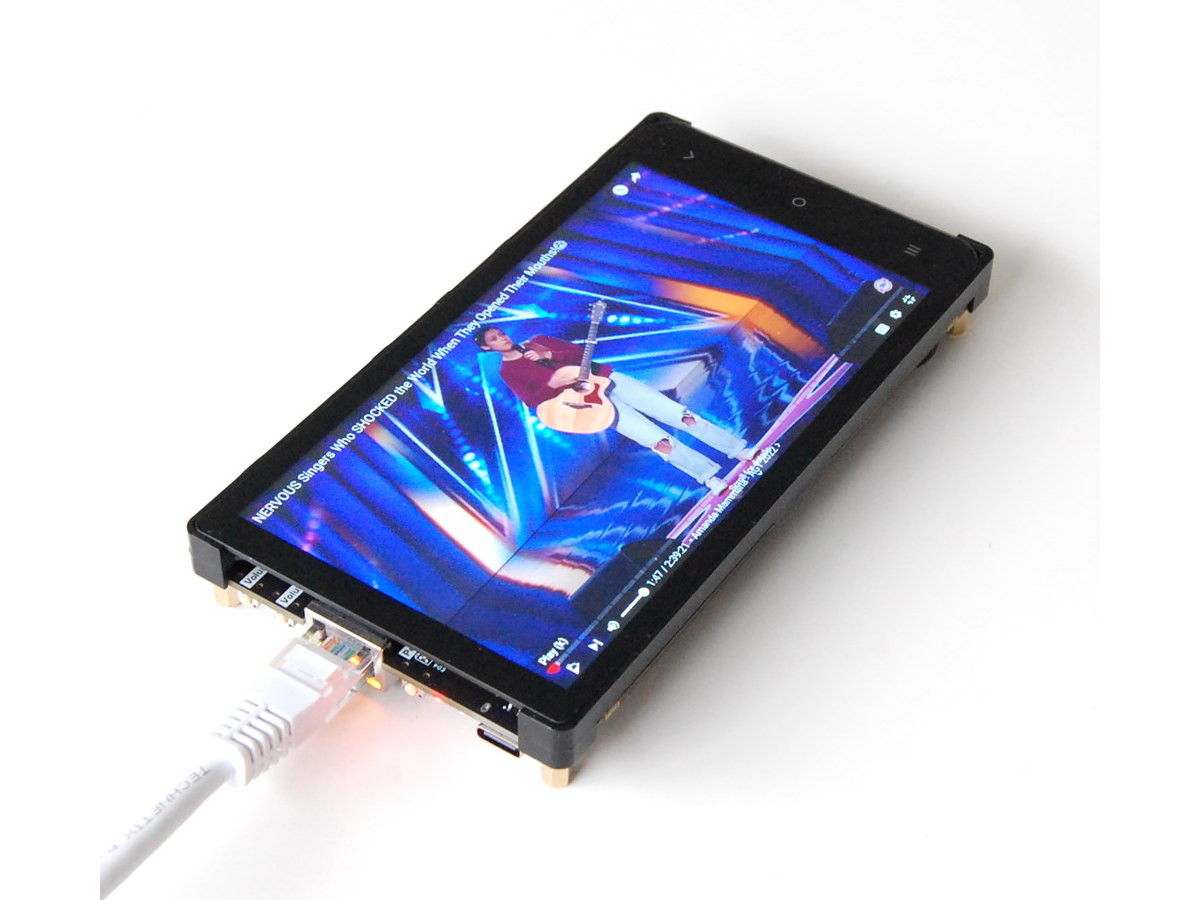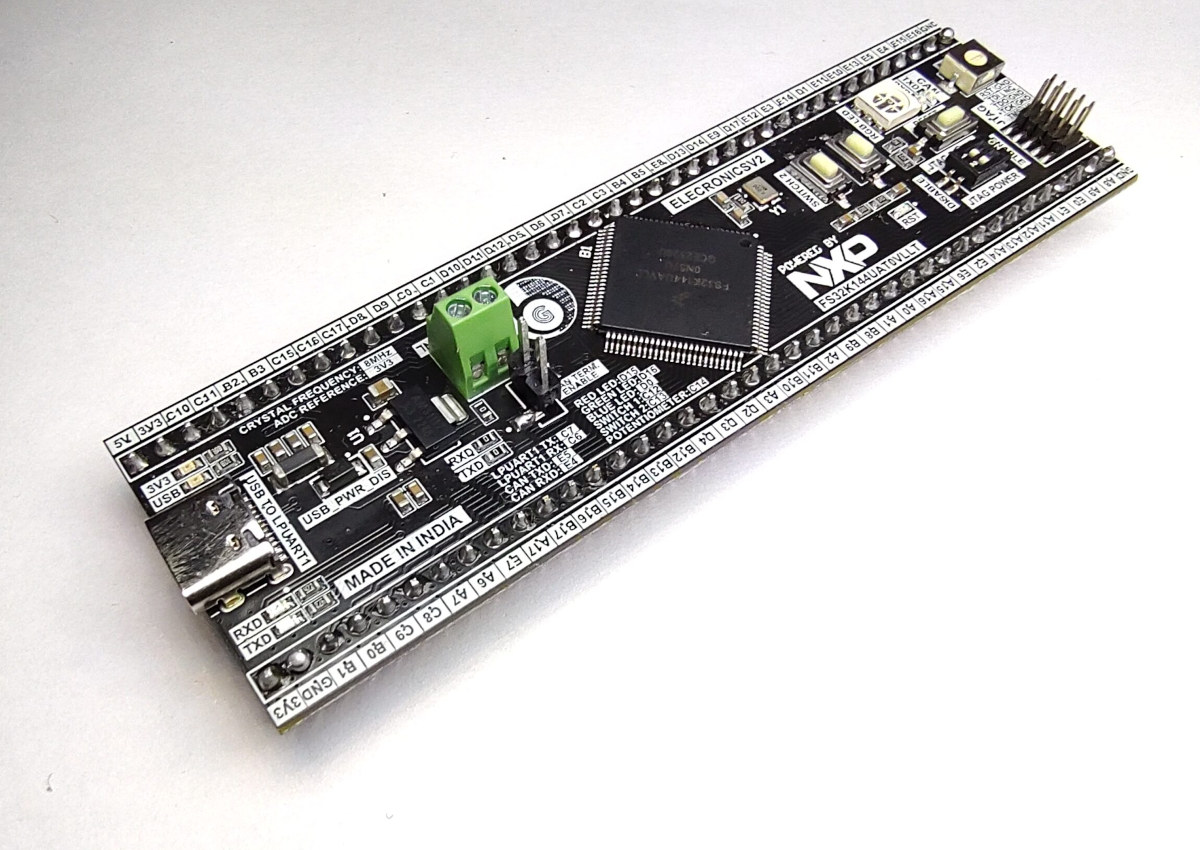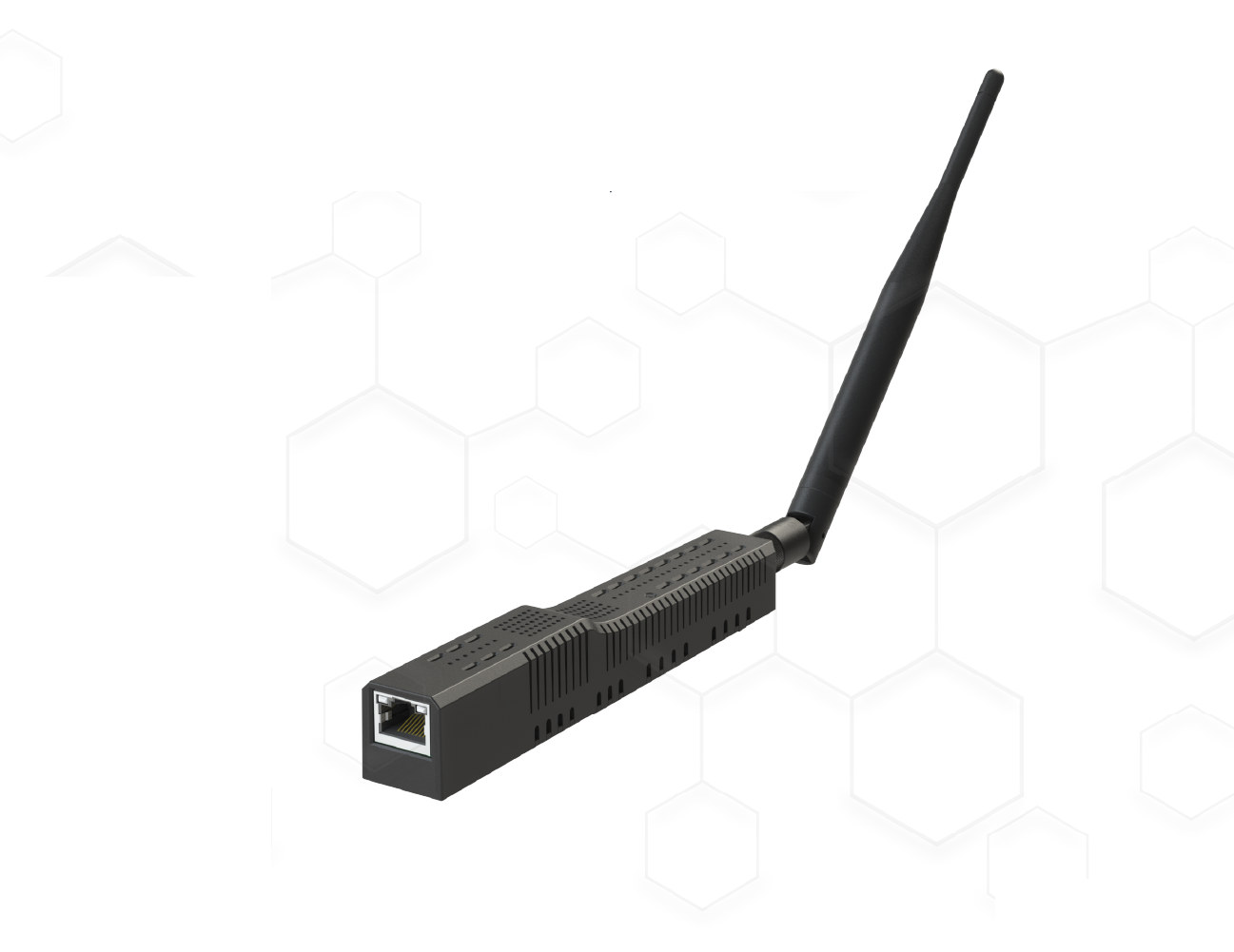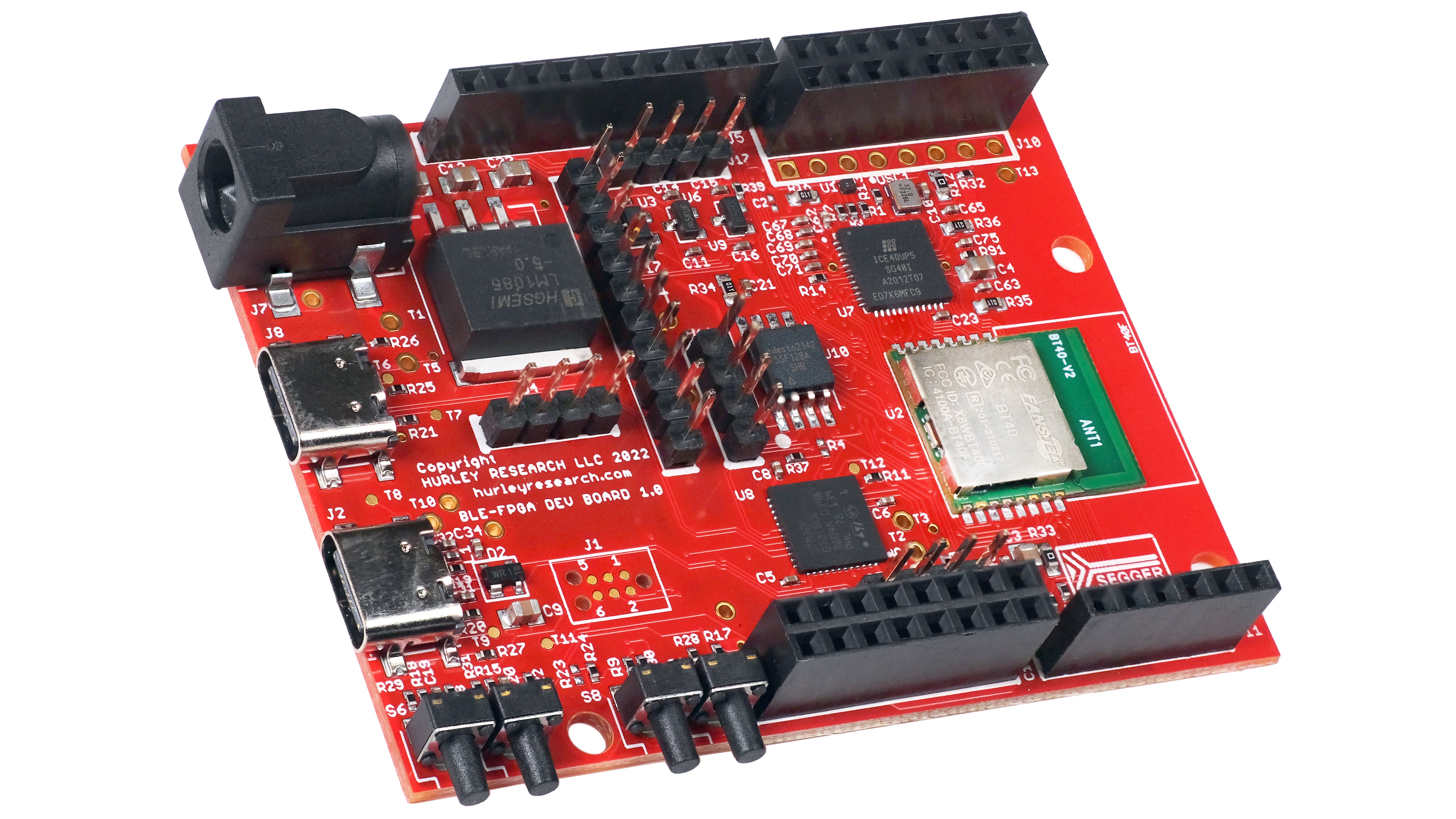Luxonis has announced its first thermal camera with the OAK Thermal (OAK-T) based on the company’s OAK-SoM Pro AI module featuring an Intel Movidius Myriad X, and two waterproof ports with an M12 PoE/Ethernet connector and an M8 auxiliary connector. Luxonis has been making AI cameras based on Myriad X AI accelerator and its Depth AI solution at least since 2019, and its module is also found in third-party cameras as we’ve recently found out with the Arducam PiNSIGHT AI camera. But they had never made a thermal model, and following customers’ requests to fuse thermal and RGB data, they’ve now developed the OAK Thermal, or OAK-T for shorts, that is suitable for detecting leaks and fires or more accurately detect humans & animals than traditional vision-only based cameras. OAK Thermal camera specifications: System-on-Module – Luxonis OAK-SoM Pro with AI accelerator – Intel Movidius Myriad X AI vision processing unit […]
Waveshare RP2040-GEEK USB development board features RP2040 MCU, 1.14-inch color display, UART/I2C/SWD ports
Waveshare RP2040-GEEK is a development board that looks like a USB flash drive but is based on a Raspberry Pi RP2040 microcontroller with a 1.14-inch 65K color LCD and some expansion ports all housed in a white plastic case. The device comes with a 4MB flash to store the firmware, a microSD card slot for data storage, a BOOT button to enter bootloader mode, two 3-pin connectors for UART and SWD debug, and a 4-pin I2C port. Waveshare RP2040-GEEK specifications: MCU – Raspberry Pi RP2040 dual-core Arm Cortex-M0+ microcontroller clocked up to 133 MHz with 264 kB SRAM Storage – 4MB flash (W25Q32JVSSIQ) and microSD card slot Display – 1.14-inch 240×135 pixel 65K color IPS LCD display USB – 1x USB Type-A female port for power and programming Debugging – 3-pin SWD port for connecting a target board; the standard CMSIS-DAP interface can be used to debug most Arm-based microcontrollers; […]
EmbedFire LubanCat 4 card computer – A Rockchip RK3588S dev board with a mini PCIe socket for WiFi or 4G LTE
Launched by Yehuo Electronic EmbedFire LubanCat 4 card computer or LubanCat 4 in short, is a Rockchip RK3588S SBC that packs quite a lot of features in an 85x56mm form factor with Ethernet, USB, mini PCIe, HDMI 2.1, SIM & microSD card holder, and more. The board comes with up to 16GB of RAM and 128GB of eMMC flash. It comes with a Gigabit Ethernet port, five USB ports (including one USB-C), a built-in microphone, multiple audio inputs and outputs, a 40-pin Raspberry Pi compatible expansion header, and supports HDMI input through an adapter connected to a MIPI CSI port. EmbedFire LubanCat 4 card computer specifications: SoC – Rockchip RK3588S CPU – Octa-core processor with 4x Cortex-A76 cores @ up to 2.2-2.4 GHz, 4x Cortex-A55 cores @ up to 1.8 GHz GPU – Arm Mali-G610 GPU with OpenGL ES 3.2, OpenCL 2.2, and Vulkan 1.2 support VPU – 8Kp60 video decoder […]
Flipper Zero gets a Raspberry Pi RP2040-powered video game module
Flipper Zero hardware & wireless hacking tool can now be used as a proper game console thanks to a Raspberry Pi RP2040-powered video game module that mirrors the display of the device on a larger monitor or TV via DVI/HDMI video output, and also adds a 6-axis motion tracking sensor. The Flipper Zero has been in the news in recent days, notably with Canada’s government banning the device due to car theft (although it only seems feasible on older cars), and today the company has announced the launch of a video game module developed in collaboration with Raspberry Pi Ltd. Video game module specifications: MCU – Raspberry Pi RP2040 dual-core Arm Cortex-M0+ microcontroller clocked up to 133 MHz with 264 kB SRAM Video Output – DVI-D at 640х480 with 60 Hz refresh rate. It also supports HDMI. USB – USB Type-C port connected to the microcontroller. Acts as a USB device […]
Vivid Unit is a low-profile Rockchip RK3399 SBC with an integrated touchscreen display
UUGear’s Vivid Unit is a low-profile SBC with an integrated 5.5-inch 1280×720 touchscreen display powered by the older Rockchip RK3399 hexa-core Cortex-A72/A53 SoC coupled with 4GB RAM and a 32GB eMMC flash. The board also comes with gigabit Ethernet and WiFi 4 connectivity, supports M.2 NVMe storage, offers HDMI output and a MIPI CSI camera input, integrates a speaker and a stereo microphone, and allows for expansion through a 40-pin GPIO header and other headers for ADC and USB. Vivid Unit specifications: SoC – Rockchip RK3399 CPU – Hexa-core big.LITTLE processor with 2x Arm Cortex-A72 cores up to 1.8GHz, 4x Arm Cortex-A53 cores up to 1.4GHz GPU – Arm Mali-T860MP4 GPU AI accelerator – 6 TOPS NPU System Memory – 4GB LPDDR4 Storage 32GB eMMC flash M.2 socket for NVMe SSD Display – 5.5-inch touchscreen display with 1280×720 resolution Video Output – HDMI port Camera Input – MIPI CSI camera […]
ElectronicsV2 – An NXP S32K144 development board for DIY automotive projects
ElectronicsV2 is a small development board based on the NXP S32K144 Arm Cortex-M4F microcontroller designed for automotive enthusiasts and tech hobbyists who may be interested in DIY projects such as an electric immobilizer, a CAN-based data logger, or experiment with vehicle-to-vehicle (V2V) communication Gettobyte aims to make the ElectronicsV2 the “Arduino of the Automotive World” with affordable pricing, plenty of I/Os, a 2-pole terminal block connected to a CAN transceiver, LED and buttons, and easy-to-follow documentation and tutorials. ElectroncisV2 specifications: MCU – NXP 32K144 32-bit Arm Cortex-M4F microcontroller @ up to 112 MHz with 512KB flash, 64KB SRAM, 3x FlexCAN interfaces in LFQP100 package CAN Bus – 2-pole terminal block connected to TJA105 CAN transceiver USB – 1x USB-C port for power and serial console Expansion – 2x 40-pin GPIO headers with CAN Bus, LPUART, ADC, LPSPI, FlexIO, EWM, LPI2C, TRGMUX Debugging Onboard UART for debugging via USB Type-C cable […]
SMLIGHT launches Zigbee Ethernet/WiFi coordinators and USB adapters based on TI CC2652P7 or CC2674P10 wireless chips
SMLIGHT has recently released Zigbee Ethernet/WiFi/USB coordinators and USB dongles based on either Texas Instruments CC2652P7 or CC2674P10 wireless microcontrollers that update on the company’s SLZB-06 Zigbee 3.0 to PoE Ethernet, USB, and WiFi adapter and Silicon Labs EFR32MG21-based SLZB-07 Zigbee 3.0 USB adapter. That’s a total of four new devices with the SLZB-06p7 and SLZB-07p7 based on CC2652P7 and designed to work with vendor-agnostic software such as Zigbee2MQTT and Home Assistant ZHA, and the similar SLZB-06p10 and SLZB-06p10 based on the CC2674P10 whose Zigbee firmware is still under development according to SMLIGHT. SLZB-06p7/SLZB-06p10 Zigbee to Ethernet/WiFi/USB coordinator SLZB-06p7/SLZB-06p10 specifications: Wireless SoCs SLZB-06p7 – Texas Instruments CC2652P7 Arm Cortex-M4F microcontroller @ 48-MHz with 704KB flash, 256KB ROM for protocol and library functions, 8KB of SRAM, integrated +20 dB power amplifier, Bluetooth 5.2 Low Energy, Matter, Thread, Zigbee 3.0 SLZB-06p10 – Texas Instruments CC2674P10 Arm Cortex-M33 microcontroller @ 48 MHz with […]
NRFICE is a Bluetooth FPGA board in the Arduino UNO form factor (Crowdfunding)
The NRFICE FPGA is a Bluetooth FPGA board designed for edge computing and IoT applications. It is built upon a combination of the dual-core nRF5340 Bluetooth SoC and the Lattice ICE40UP5K FPGA. The ICE40 UltraPlus is a low-power, high-performance FPGA for edge computing and artificial intelligence projects and the nRF5340 is a Bluetooth 5.3 SoC that supports Bluetooth Low Energy (BLE), Bluetooth Mesh, Thread, NFC, and Zigbee. Through the Nordic nRF5340, NRFICE can load a project directly into the iCE40 FPGA, bypassing the usual extensive toolchain setup. This enables a new class of FPGA development, where bitstreams can be hosted in the cloud, selected by a user on their phone, and loaded wirelessly to the board. It features a built-in J-Link OB for easy debugging and programming without the need for emulator dongles and is similar to the previously covered Segger emPower evaluation board in this regard. This board supports […]


